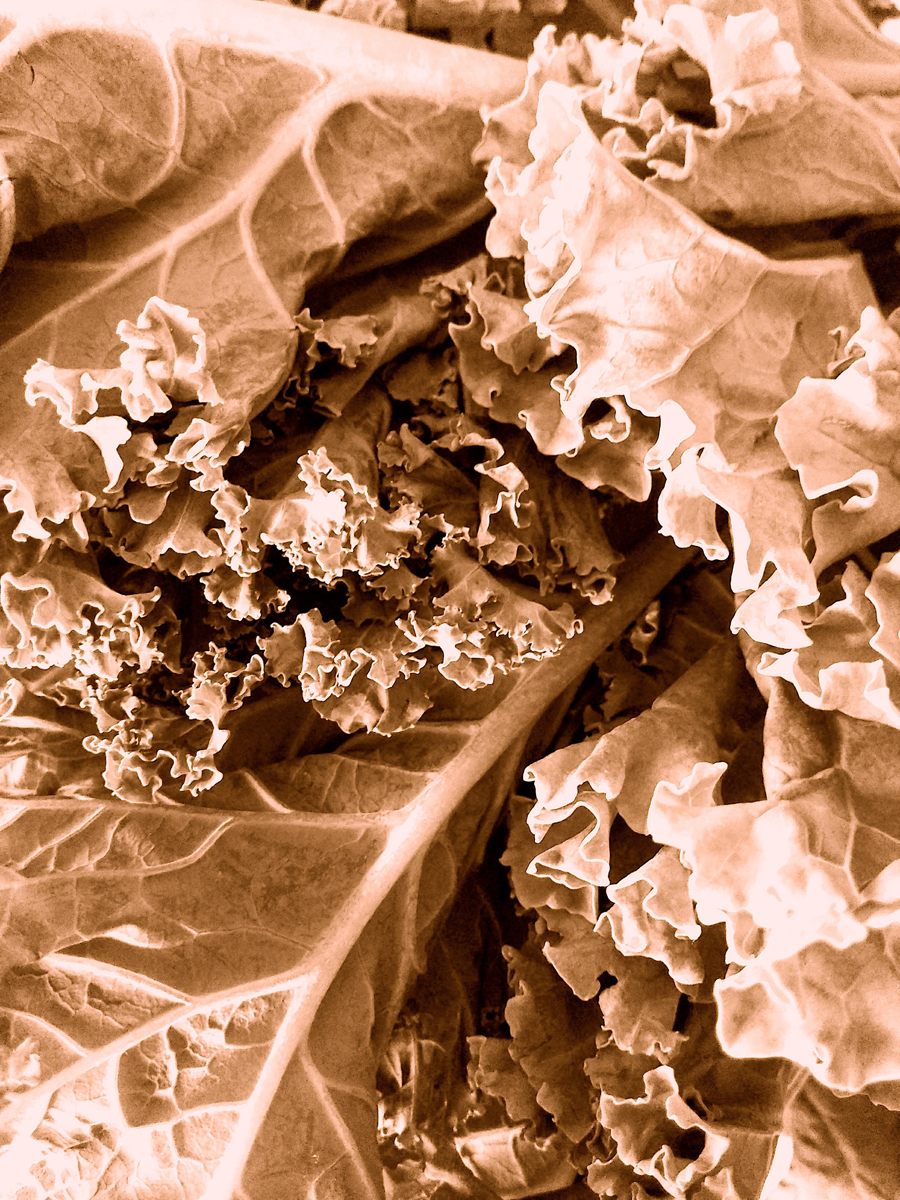“They hold on tight to the healthy eating, we hold on tight to our food safety, and how do we bridge that?”: determinants of successful collaboration between food safety and food security practitioners in British Columbia, Canada
DOI :
https://doi.org/10.15353/cfs-rcea.v7i1.384Mots-clés :
food safety, food security, public health, qualitative research, cooperative behaviourRésumé
Food safety and food security are two important public health sectors within Canada, which aim to address foodborne disease and food insecurity, respectively. While these sectors are often siloed within public health organizations, the actions of the two sectors often interact and conflict at the program level despite their common goal of improving population health. The objective of the present study was to identify determinants that influenced the success of collaboration between practitioners of the two sectors in British Columbia, to inform Canadian food policy. We inductively analyzed 14 interviews with practitioners working in the two sectors who had experience with successful collaboration. Data were interpreted in consultation with an inter-professional collaboration framework. Participants identified determinants at the systemic level, including the cultural, professional, educational, legislative, and political systems, which were often considered barriers to collaboration. Participants also identified determinants at the organizational level that influenced the success of collaboration between the sectors, including: the organization’s structure and philosophy, leadership, resources, and communication mechanisms. Finally, participants identified interactional determinants as ways to overcome existing barriers, including: willingness to collaborate, trust, communication, mutual respect, and taking a solutions-oriented approach. Practitioners working in food safety and food security can apply the interactional determinants identified in this study to mitigate existing barriers to collaboration and support more synergistic food policies.
Téléchargements
Publié-e
Comment citer
Numéro
Rubrique
Licence
Les auteurs qui publient avec cette revue acceptent les conditions suivantes: Les auteurs conservent les droits d'auteur et accordent à la revue le droit de première publication avec l'œuvre sous licence simultanée Creative Commons qui permet à d'autres de partager l'œuvre avec une reconnaissance de la paternité de l'œuvre et de la publication initiale dans cette revue. Les œuvres publiées dans RCÉA/CFS avant et incluant le vol. 8, n° 3 (2021) sont sous licence Creative Commons CC BY. Les œuvres publiées dans le vol. 8, n ° 4 (2021) et après est sous licence Creative Commons CC BY-SA. Les auteurs peuvent conclure des accords contractuels supplémentaires séparés pour la distribution non-exclusive de la version publiée de l'ouvrage par la revue (par exemple, l'ajouter à un dépôt institutionnel ou le publier dans un livre), avec une reconnaissance de sa publication initiale dans ce journal. Les auteurs sont autorisés et encouragés à publier leurs travaux en ligne (par exemple, dans des dépôts institutionnels ou sur leur site Web) avant et pendant le processus de soumission, car cela peut conduire à des échanges productifs, ainsi qu'à une citation plus précoce et plus importante des travaux publiés. (En savoir plus sur le libre accès.)





